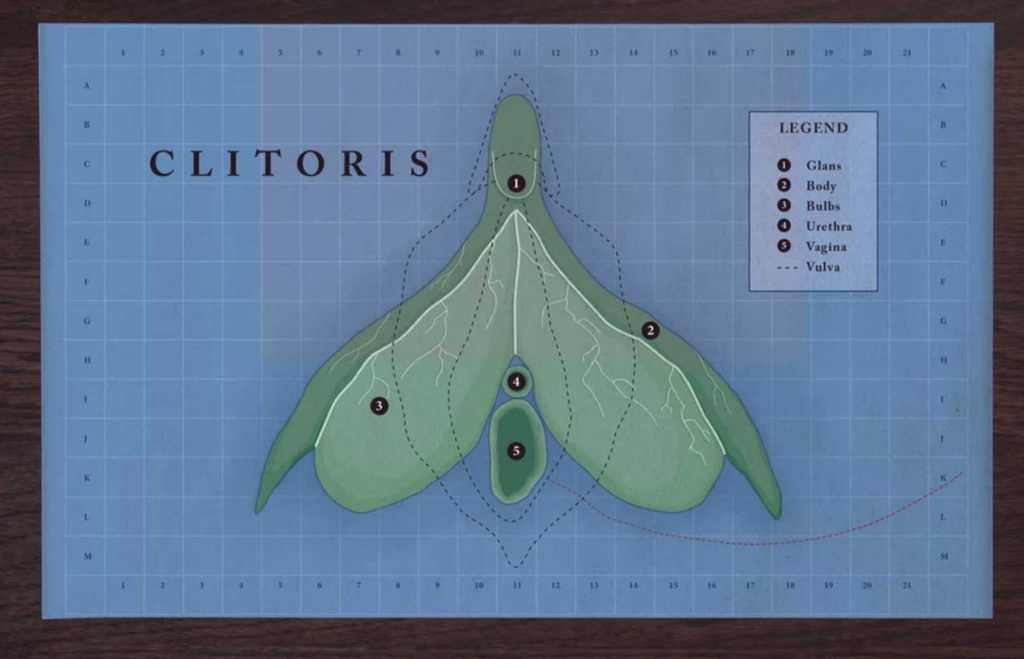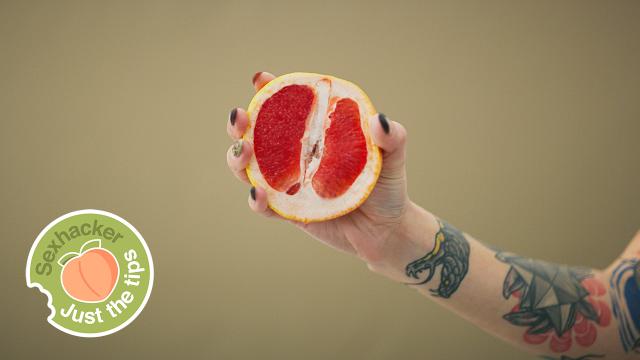Netflix has dropped a new limited series that has captured the attention of the masses. That series is called The Principles of Pleasure. And unsurprisingly, it covers pleasure – women’s pleasure, specifically, and the myths and misconceptions that get in the way of a deeper understanding of it.
The reason this docuseries has garnered so much attention, however, is not purely because it’s a well-made and interesting watch (which it is). Folks are discussing The Principles of Pleasure because they’re learning a lot about sex and pleasure that is kind of blowing their minds.
We’ve gone through and had a watch of The Principles of Pleasure series and pulled some of the biggest, most jaw-dropping lessons worth taking from it (though we still think you should totally check it out for yourselves, too).
Here are 3 of the biggest lessons to take away from The Principles of Pleasure
The idea of ‘breaking your hymen’ is straight incorrect
As a society, we are obsessed with the concept of virginity and how we define it – especially for women. We’re taught that having your hymen broken is the physical indicator that sex has occurred because broadly, society holds the incorrect belief that penetrative sex is the only kind of sex there is.
Dr Emily Nagoski PhD, who is a sex educator and author of Come As You Are, debunked this myth while speaking in The Principles of Pleasure.
“Hymens are the classic example of the metaphorisation of our bodies. We have interpreted the hymen as a marker of virginity. ‘If a person has not had a penis in their vagina, then they’re a virgin, and you can tell that it happened because their hymen broke’. Not one of those things is true,” she said.
“When a vagina gets penetrated, the hymen will stretch. If it breaks, like all of our other skin, it heals. It doesn’t just break and stay broken. It’s not a freshness seal. And yet, the myth is so powerful; the metaphor of what the hymen means is so powerful, not because of what’s biologically true about a hymen, but what a culture has made true about a hymen.”
No one knows the correct names for their bits
This is a doozy. Did you know that many people are referring to the wrong thing when they speak about the vagina? I suppose because the topic of sexual health and genitalia is still so taboo no one bothered to properly teach people the names of their own body parts.
In a section of The Principles of Pleasure where educators and interviewees discussed anatomy, Dr Nagoski explained that first of all, all genitals start out the same way: “It’s the same basic structure they’re just organised in a different way”.
But when speaking about vaginas, in particular, she highlighted that “we live in a world that teaches people to say vagina when what they actually mean is vulva”.
Essentially, the vulva is the entire area. The vagina, Dr Lori Brotto shared, is one of three orifices in the vulva – it is made up of a canal that changes in flexibility based on what’s going on down there (i.e. penetration or childbirth).
The area that you see when a person with a vulva is standing in front of you, nude (it may or may not have pubic hair), is called the mons. And the outer folds, or lips of the vulva, are called the labia.
Probably the biggest lesson in all this, however, is regarding the clitoris.
Dr Brotto shared that this part of our anatomy is easily the most misunderstood. It is not just the little pleasure button people assume it is.
“What’s most visible is actually the clitoral hood; a flap of skin serving to protect it. The clitoris itself [is] one of the most tremendously sensitive parts in the female body. It’s got two very long beautiful bulbs that extend from the clitoris, deep underneath the surface. And those two bulbs are made of erectile tissue. In response to stimulation, they fill with blood; they become very erect and can be a tremendous source of pleasure for women.”

Oh, and the G Spot doesn’t actually exist. It’s just what people refer to when the clitoris is “stimulated from within”.
50 per cent of women think they’ve had an orgasm, but haven’t
Have you heard about the orgasm gap before? Probably, because we’ve certainly written about it.
In The Principles of Pleasure, the team of sexperts walk through this issue (which they share is larger than the already large wage gap) and touch on why it exists and just how significant it is.
Dr Nicole Prause, PhD explains that an orgasm is “eight to 12 contractions that occur throughout the pelvis that start just shy of a second apart, and increase in latency until their termination”.
There are also many different types of orgasm (ranging from clitoral to blended). So, depending on your body and your preferences, you are likely to experience different kinds.
However, the show shares that research suggests that when women think they’ve had an orgasm, 50 per cent of the time they haven’t. This is purely because they’ve never experienced one before, so mistake other sensations for a big O.
Largely, this problem branches from the culturally taught idea that sex through penetration is the best source of pleasure for all people. But actually, Dr Nagoski shared that some “two-thirds to three-quarters of women are sometimes, rarely, or never orgasmic from vaginal penetration alone”.
So, yeah. If you’re worried something is up when it comes to sex and pleasure for you, chances are it’s just that we’re having the wrong ideas of what sex ‘should’ look like taught to us. Hollywood, looking at you.
Other worthy takeaways
What The Principles of Pleasure does really well is walk audiences through the progress we’ve seen in the study of sex and pleasure while highlighting that there are giant holes in our understanding, and worse still, the education we receive in this space.
It touches on how valuable research into the health benefits of pleasure would be, if only they were more widely approved, and how many roadblocks women and people with vaginas face in accessing pleasure – from shame to misinformation to good old misogyny.
So, if you’re ready to have your mind blown and learn a whole lot about sex, pleasure and women, we can’t recommend this series more highly. You can find it on Netflix now.

Leave a Reply
You must be logged in to post a comment.